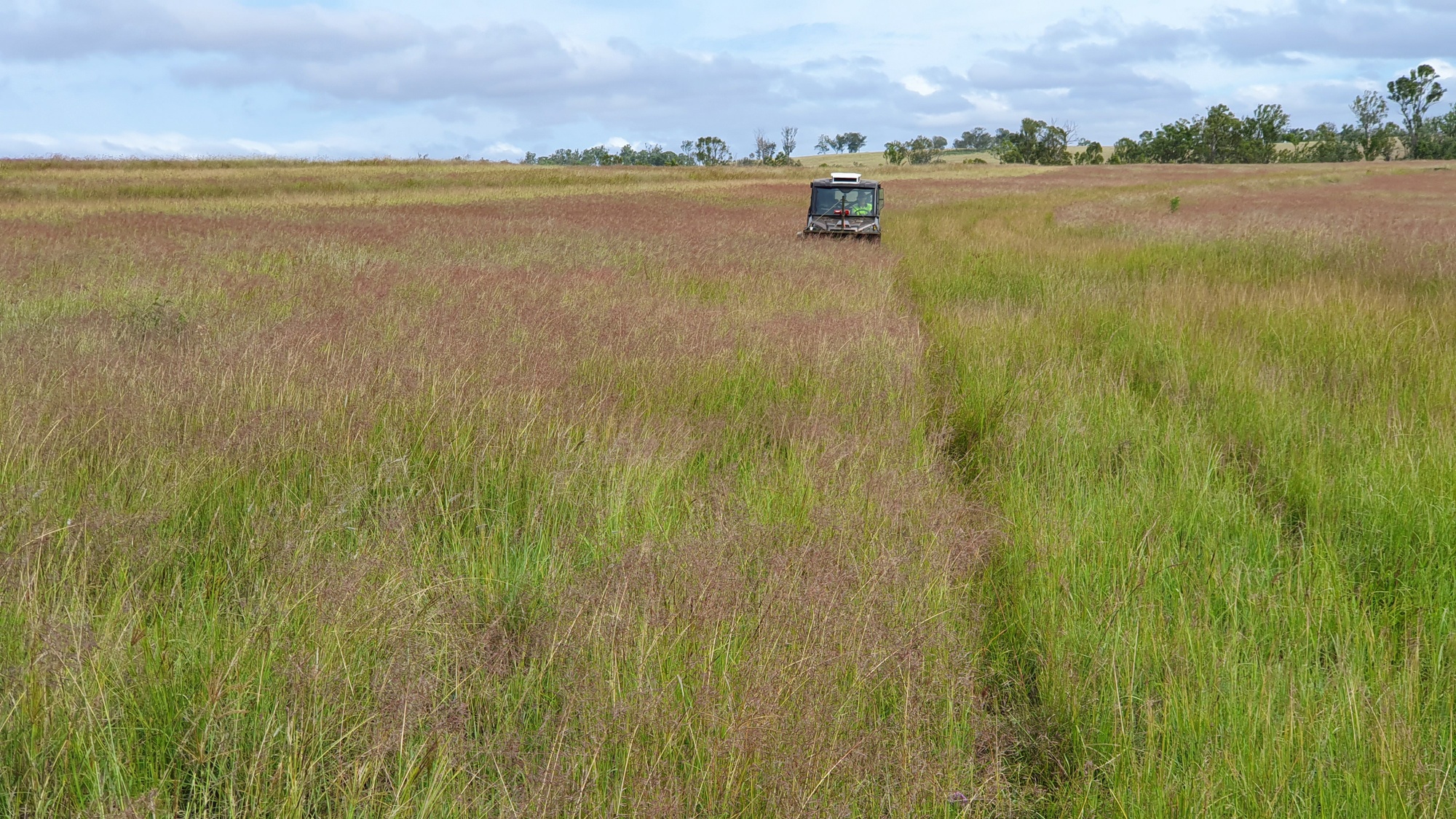Plant Profiles
Plant Categories
Subshrub
Trailing herb
Annual
Annual or Short-Lived Perrenial
Prostrate Shrub
Graminoid
Vine
Forb
Nitrogen Fixer
Grass
Tree
Shrub
Sedge
Wattle
Show All
14Genera
Acacia
Allocasuarina
Alphitonia
Alstonia
Angophora
Archidendropsis
Aristida
Arundinella
Astrebla
Atalaya
Atriplex
Austrosteenisia
Austrostipa
Banksia
Baumea
Bolboschoenus
Boronia
Bothriochloa
Brachychiton
Breynia
Callitris
Calotis
Capillipedium
Carissa
Cassia
Cassine
Cassinia
Casuarina
Chloris
Chrysocephalum
Chrysopogon
Clerodendrum
Corymbia
Crotalaria
Cymbopogon
Daviesia
Denhamia
Derris
Dichanthium
Dodonaea
Einadia
Enchylaena
Enteropogon
Eragrostis
Eremophila
Eriochloa
Erythrina
Erythroxylum
Eucalyptus
Eustrephus
Fimbristylis
Flindersia
Gahnia
Geijera
Grewia
Hardenbergia
Heteropogon
Hovea
Imperata
Indigofera
Jacksonia
Jasminum
Juncus
Kennedia
Lepidosperma
Lomandra
Lophostemon
Ludwigia
Lysiphyllum
Maireana
Melaleuca
Melia
Myoporum
Notelaea
Owenia
Pandorea
Panicum
Parsonsia
Paspalidium
Petalostigma
Petalostylis
Pittosporum
Podolobium
Pomax
Psydrax
Pterocaulon
Ptilotus
Pultenaea
Rhagodia
Rhodosphaera
Rhynchosia
Sarga
Schoenoplectiella
Schoenoplectus
Senna
Sida
Solanum
Sporobolus
Swainsona
Syncarpia
Themeda
Trema
Vachellia
Ventilago
Vittadinia
Show All
105Sarga leiocladum
| Categories | Grass |
| Common Name(s) | Native Sorghum, Wild Sorghum |
| Family | Poaceae |
Description
"Perennial. Rhizomes absent or present, short. Culms 60–150 cm tall, 3–5 -noded. Mid-culm nodes bearded." (Simon, B.K. & Alfonso, Y. 2011. Ausgrass2)
Notes
We harvest and provide the seed of Sarga leiocladum to rehabilitation works on more natural sites where substrates will be topsoils or materials from shallow depths. In these situations, the seed successfully germinates and grows. Otherwise we are not sure how it may perform on mine spoils with elevated salinity.
Sarga leiocladum occurs on soils of very different qualities. It may be noticeably present or dominant on acid, very shallow soils of rocky ridges with parent rock of granite or metamorphic origin. On soils from intermediate rocks like andesite, this taxon will be present from shallow soils of ridge tops to the deepest soils of stream banks. In basaltic areas it is a varying grass component on approximately neutral to alkaline, clay loams. These are sometimes skeletal soils on ridges, often with Eucalyptus melanophloia woodland, grading to deeper increasingly fertile soils, eventually to fertile, heavy, black, self-mulching clay loams. S. leiocladum often occurs with other the dominant grass taxa, Themeda triandra, Capillipedium spicigerum, Bothriochloa bladhii subsp. bladhii and Dichanthium sericeum, the latter being confined more to deeper soils. Flowering is usually synchronous with Themeda triandra.
Sadly, we increasingly observe the encroachment of the invasive exotic, Dichanthium aristatum (Angleton Grass) on to the deeper of these clay loams.
Historical Notes
Distribution
Coastal and subcoastal distribution from Mount Mulligan in Queenslands far north to Snowy River National Park in Vic. Extends west into the central Queensland coal mining districts west of Dysart. Seen in a few isolated far western locations also in Qld.
References and Related Links
Simon, B.K. & Alfonso, Y. 2011. Ausgrass2, http://ausgrass.myspecies.info/ [Accessed on Dec 1, 2019].
